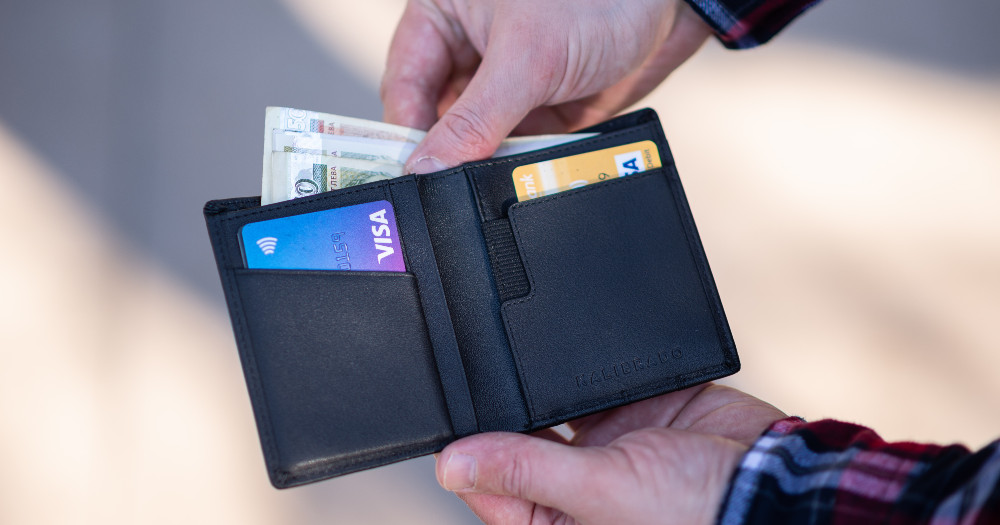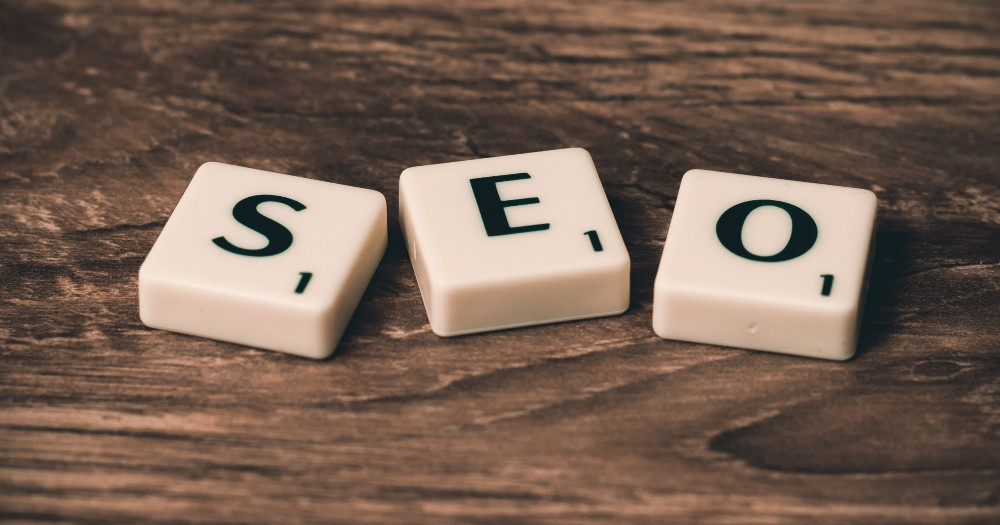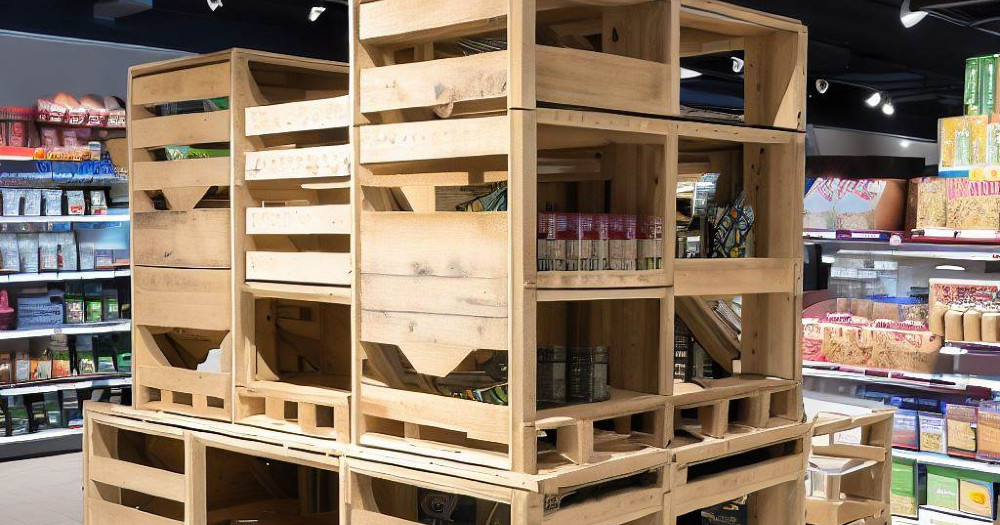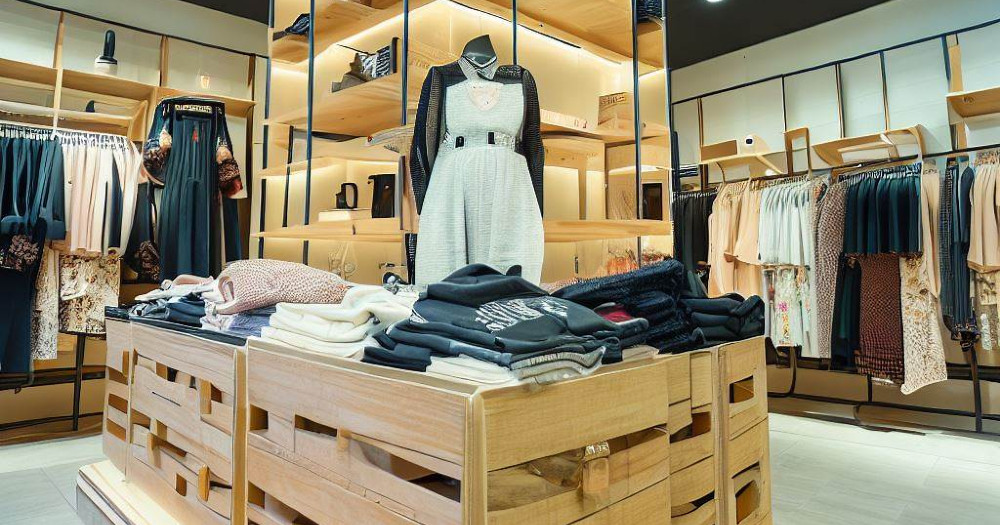Welcome back to our blog, your top spot for the newest ideas and trends in visual marketing and branding. Today’s market is always changing, with people wanting things that feel made just for them, but brands also need to stay true to their unique style.
This tricky situation is called the “Personalization Paradox,” where making things personal without losing the brand’s identity is both a challenge and a chance for businesses to really connect with their customers. In this post, we’re diving into this paradox to share tips on how brands can find the perfect balance between making products unique and keeping their brand consistent.
We’re here to guide you through making your brand stand out while still hitting the right note with your customers.
The challenge of customization
Here are some of the main challenges of customization as well as some strategies that might help you work out the challenges.
Understanding the personalization paradox
Nowadays, everyone wants to feel special. Brands try to make products that speak directly to you, from your name engraved on a pen to a phone case that matches your style.
But here’s the tricky part – while making these unique items, brands must still look and feel like themselves. Imagine if every product was so different that you couldn’t tell they were from the same company. That’s the personalization paradox – making something special for you without losing what makes the brand unique.
Strategies for tailored engraving personalization
So, how do brands make things personal? It’s all about knowing you better. They might use cool tech to remember your likes and dislikes or create designs that let you put your stamp on their products.
The key is to make these options fit smoothly with what the brand stands for, like having a range of, for example, travel mug engraving styles that all have the brand’s vibe.

Maintaining brand consistency
Think of your favorite brand. You can probably recognize their products without seeing the logo, right? That’s brand consistency. It’s about making sure that no matter how a product is personalized, it still feels like it belongs to the brand family. This trust makes you come back for more.
Mixing personalization with a strong brand identity is like making a great cocktail. You need the right mix. Brands do this by setting rules on how far personalization can go. They make sure that even though a product has your personal touch, it still fits the brand’s look, colors, and message. It’s all about balancing creativity with familiarity.
The role of technology in personalization and consistency
Technology is a big helper in making things personal. It can learn what you like, suggest products you might want, and help create those one-of-a-kind items without a big fuss. It makes personalization fast and keeps the brand’s quality top-notch.
But here’s the catch – while machines are great, they can’t replace the human touch. Brands need to make sure that even with all this tech, there’s still heart in what they do.
This means sometimes stepping in to make sure things don’t feel too robotic and keeping the warmth in customer interactions.

Conclusion – the future of personalization and brand consistency
As we move forward, finding the sweet spot between making things personal and keeping a brand’s identity will keep getting more interesting. The future is about using smart strategies and new tech to get closer to customers without losing what makes a brand special.
So by staying true to their core while embracing change, brands can create memorable experiences that people love and trust.
This journey into balancing personalization with consistency is more than just a marketing challenge – it’s about connecting with people in a way that’s both genuine and innovative. For brands that get it right, it’s a powerful way to stand out and build lasting relationships with their customers.
Check out our other business tips in these articles right here:
- Visual Merchandising Techniques with Vendor Display Stands
- Storytelling in Copywriting – Connecting Emotionally with Your Audience
Thank you for reading our blog!





















